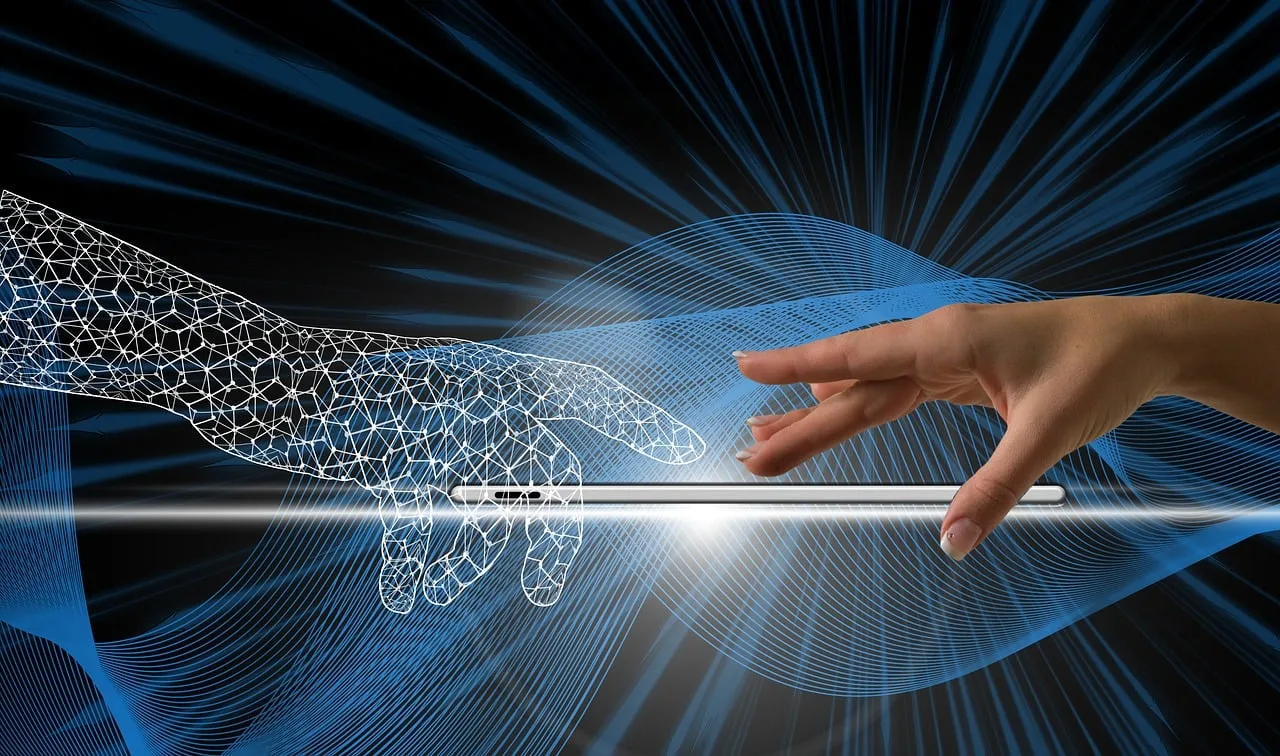Written by Isabel del Castillo (COO)
What is Artificial Intelligence?
Artificial Intelligence (AI) refers to the ability of machines or computer systems to exhibit human-like intelligence. This interdisciplinary field combines computer science, data science, neuroscience, and other related disciplines with the goal of creating systems capable of performing tasks that have traditionally been performed by human intelligence.
AI aims to develop algorithms and models that enable computers to process information, learn from it, make decisions, solve problems, and communicate with each other. These systems perform specific tasks such as speech recognition, image recognition, language translation, medical diagnosis, autonomous driving, among many other applications. Additionally, artificial intelligence can also involve techniques such as natural language processing, computer vision, and robotics.
There are different approaches within artificial intelligence, such as machine learning, which is based on training models with data to make predictions or decisions. Another approach is symbolic artificial intelligence, which uses logical rules and symbolic representations for reasoning and decision-making.
Artificial intelligence has experienced significant advancements in recent years, thanks to improvements in processing power, the availability of large amounts of data, and algorithmic advances. Although AI systems can efficiently perform specific tasks, they still face challenges in areas such as understanding context, abstract reasoning, and creativity. Research and development in the field of artificial intelligence continue to advance in the pursuit of achieving smarter and more sophisticated systems.

How is Artificial Intelligence applied in space?
AI plays a crucial role in space exploration and research, enhancing our understanding of the universe and advancing space technology. Some applications of AI in the field of space include:
- Planetary exploration: AI systems are used to analyse and process large amounts of data collected by space missions, such as images and scientific measurements. With their advanced capabilities, these systems effectively identify scientific targets of interest and provide valuable assistance in research endeavors.
- Space navigation: AI is utilized to develop autonomous navigation systems for spacecraft, probes, and rovers. By analysing real-time data, adjusting trajectories, and making decisions about space maneuvers to avoid obstacles and optimize mission efficiency, these systems showcase their ability to enhance space exploration.
- Recognition and classification of celestial objects: AI systems can process astronomical images to identify and classify celestial objects such as stars, galaxies, and asteroids.
- Prediction and monitoring of space conditions: AI is employed to analyse data from telescopes and space satellites and predict space conditions, such as space weather, solar activity, and geomagnetic storms. These predictions are important for protecting Earth and space infrastructures, such as communication satellites.
- Space communication and networks: AI is applied in the development of more efficient and reliable space communication systems. AI systems can help optimise communication routes, manage bandwidth, and enhance the security of space networks.
- Assistance in manned missions: AI systems can provide real-time information, perform medical diagnostics, and assist in decision-making during critical situations.
How is AI applied onboard?
The application of onboard artificial intelligence (AI) refers to the implementation of AI systems directly on the spacecraft processing systems, rather than relying on ground segment connection or external resources. By applying AI onboard, several advantages can be achieved, such as reduced latency, improved privacy and data security, and the ability to perform tasks in environments with limited or no connectivity.
Examples in which AI is applied onboard are:
- Image processing and computer vision: Onboard AI systems can perform real-time image processing and computer vision tasks such as natural disaster monitoring, object detection, and real-time image analysis.
- Autonomous navigation systems that allow spacecraft to navigate and adjust their trajectories without constant human intervention.
- Intelligent robotics systems that assist astronauts in space missions, performing tasks such as maintenance, repairs, and experiments.
- AI-powered onboard systems that monitor and manage spacecraft operations, optimising power usage, thermal control, and communication systems.
- Natural language processing algorithms that enable voice-controlled interfaces for astronauts to interact with onboard systems and receive real-time information and guidance.
- Decision-making algorithms that help spacecraft adjust their operations in response to changing conditions, such as solar flares or space debris.
- Deep learning algorithms that process and analyse images and data gathered by planetary rovers, assisting in the exploration of other celestial bodies.
- AI systems that aid in the planning and execution of complex space missions, taking into account various constraints and optimising resource allocation.

What are the challenges for onboard artificial intelligence?
There are several challenges for implementing onboard AI:
- Limited computational resources: Onboard AI systems often operate on devices with limited computing power, such as edge devices or embedded systems. This poses challenges in running complex AI algorithms and models that require significant computational resources. Optimising AI algorithms to work efficiently within these constraints is a challenge.
- Power consumption: AI algorithms, especially deep learning models, can be computationally intensive and consume significant power. Onboard systems often have limited power sources which require efficient power management strategies to ensure optimal performance without quickly draining the power source.
Real-time processing: Many applications of onboard AI require real-time or near-real-time data processing. The challenge lies in developing AI algorithms and models that can operate within strict latency requirements and make timely decisions within the available processing time.